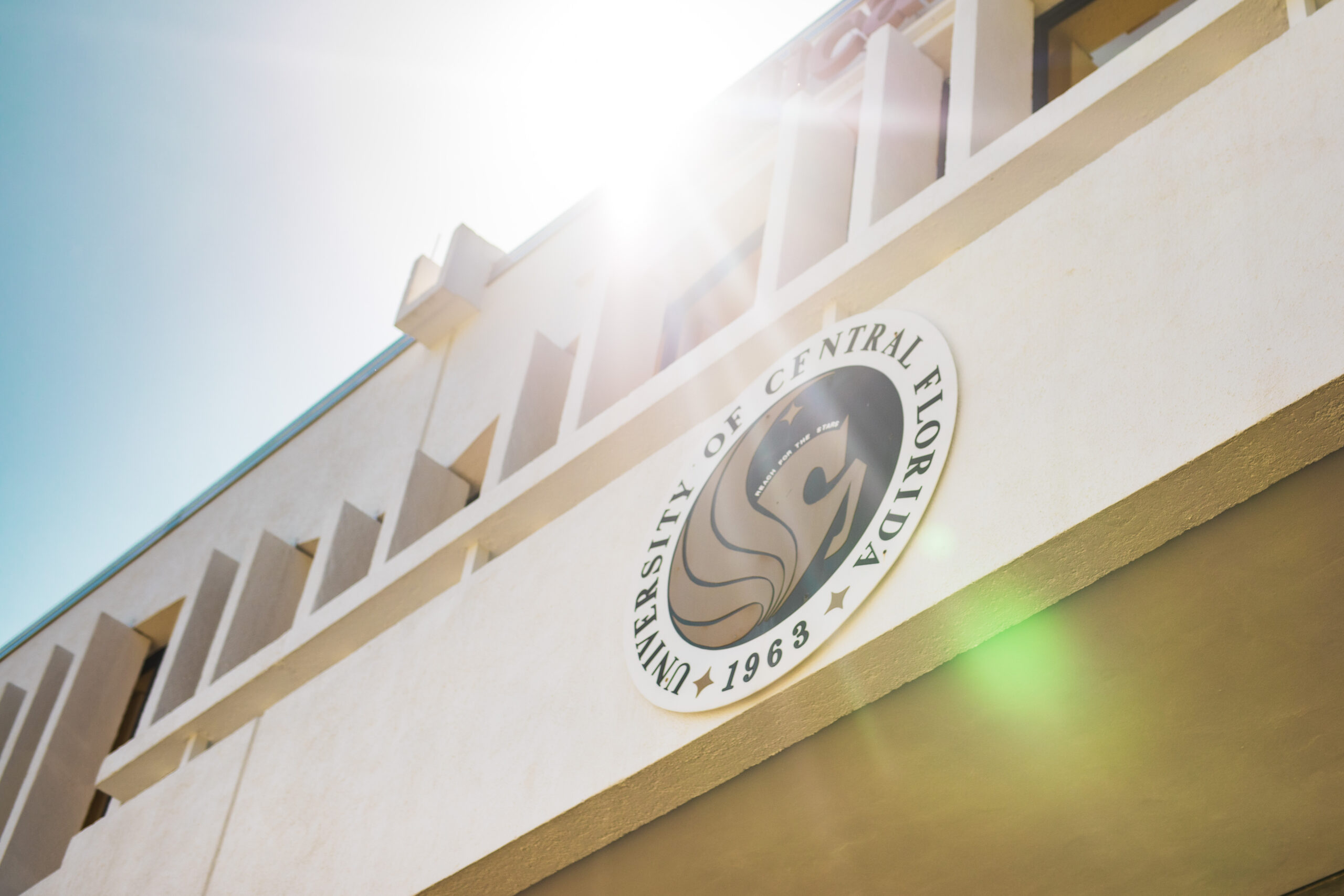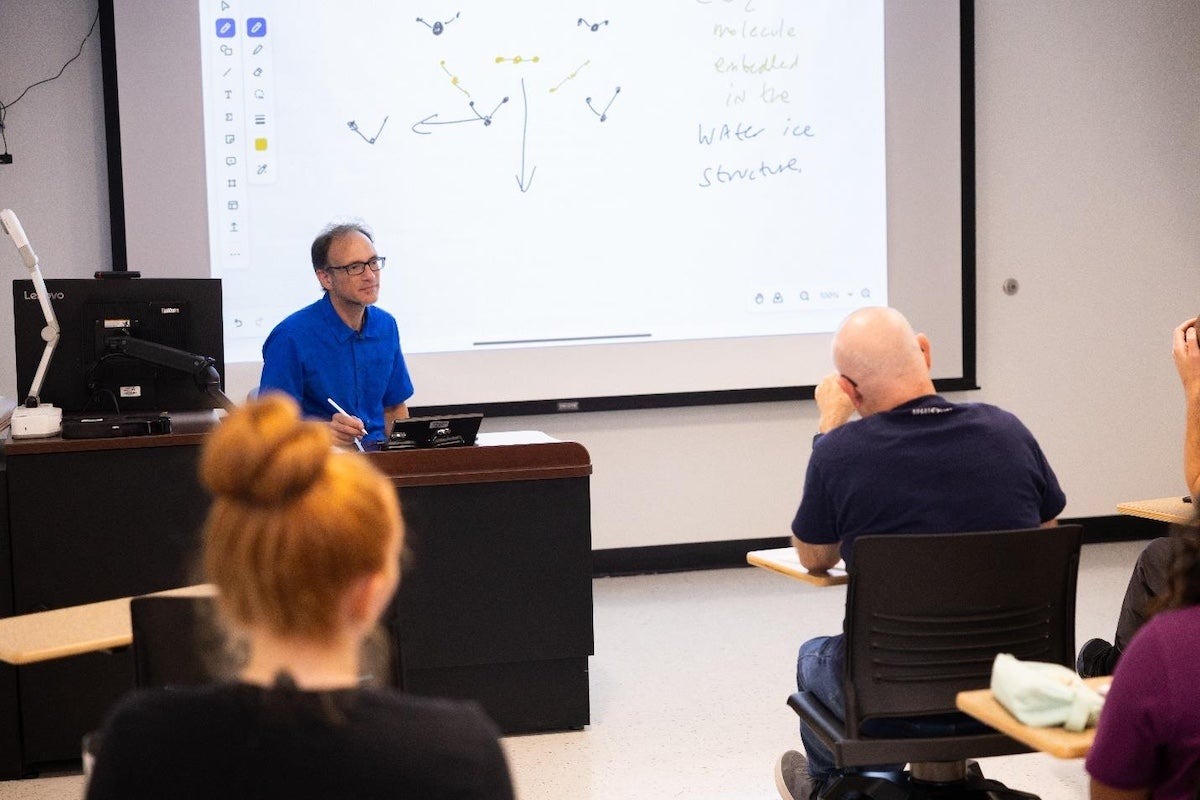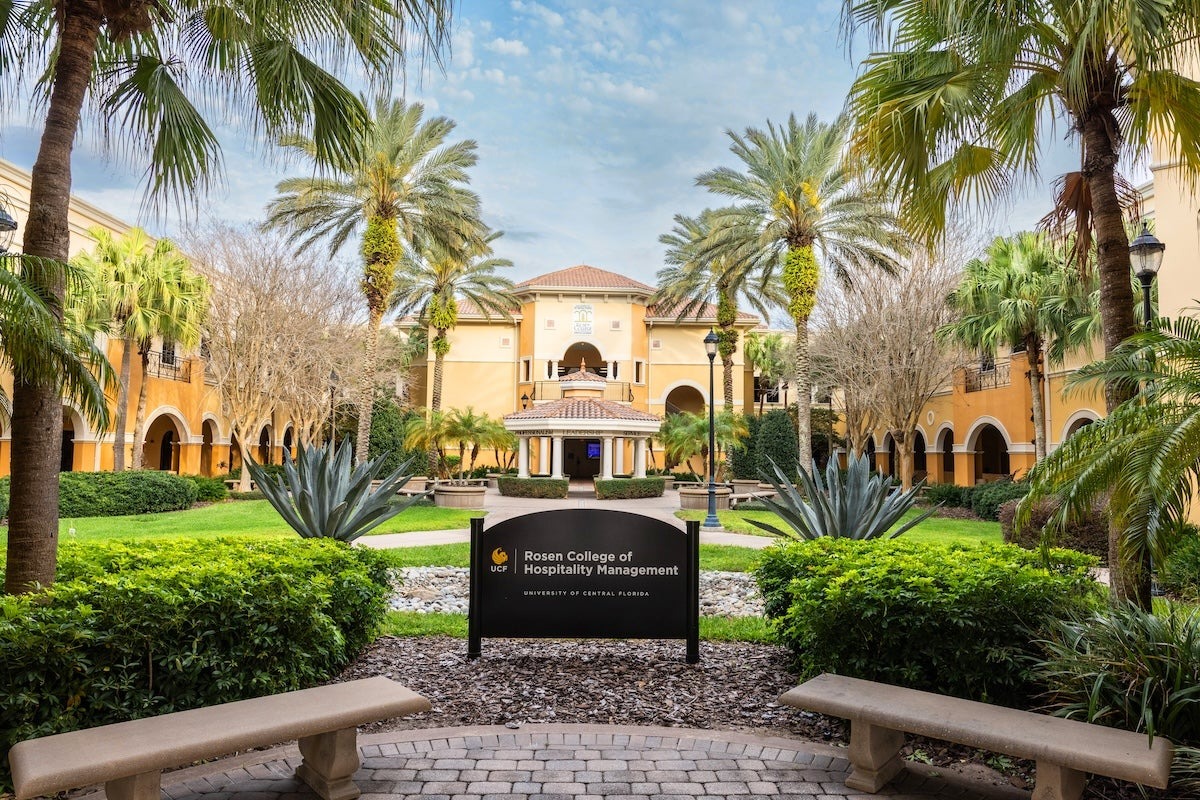UCF Among Top 100 Universities in the World for Patents
CF ranks among the top 100 universities in the world when it comes to issuing patents and 31st among public universities in the nation, according to new rankings released today by the National Academy of Inventors and the Intellectual Property Owners Association.
The groups come together to issue annual rankings as a way to highlight the important role universities play in discovery and bringing inventions to the market where people can benefit from the research conducted around the world. The 2018 rankings were calculated using the number of utility patents granted by the U.S. Patent and Trademark Office. For patents assigned to more than one entity, credit is given to the first named entity.
UCF ranked 75th with 32 patents. Another eight patents were secured with partners and were not included in the calculation. UCF has ranked in the top 100 for the past five years.
The top university in the world was the University of California, which secured 526 patents, followed by the Massachusetts Institute of Technology with 304 and Stanford University with 226. The University of South Florida, University of Florida and Florida State University also made the list.
The research that led to UCF’s 32 patents covers everything from new technology developed to enhance science-education delivery, to newly developed synthetic materials aimed at protecting citrus from disease and keeping wood, ceramics and fibers protected against bacteria and fungus.
“Researchers develop solutions every day at UCF,” says Svetlana Shtrom ’08MBA, director of UCF’s Technology Transfer Office, which is responsible for securing patents based on innovative university research. “Protecting inventions is critical to incentivizing partnerships to transform promising research results into products that benefit society by improving public health and well-being.”
Among some of the inventions that led to patents in 2018:
Citrus Greening Fighter
Lead researcher: Swadeshmukul Santra, NanoScience Technology Center
A new non-phytotoxic composite polymer film barrier as a repellent to protect citrus crops from Asian citrus psyllid, an insect known to carry the bacteria that cause Huanglongbing (HLB), or citrus greening disease. The process involves a uniform application of the film material onto the plants, which creates a barrier that prevents HLB transmission.
Protecting Woods and Ceramics
Lead researchers: Joshua Bazata ’12 ’15MS and Swadeshmukul Santra, NanoScience Technology Center
A new silver-based nanocomposite material that provides the antimicrobial benefits of silver without discoloring or staining surfaces. The clear, colorless, non-toxic material enables manufacturers to produce coatings and disinfectants that can protect wood, plastic, metal, ceramic and fabric against bacteria, fungi, and other harmful microbes.
Illicit Drug Detector
Lead researcher: Richard Blair, invention developed while based at the NanoScience Technology Center
A new portable device that easily detects the presence of drugs. A sample suspected of containing illicit drugs can be placed on a test paper and then analyzed through a portable spectrometer, which generates a unique optical spectrum of each drug. These results can easily be read via smartphone or other mobile computing devices through an application, which ensures proper and rapid reading of results and provides confirmation of whether illicit drugs are present. The Office of Technology Transfer is in the final stages of discussions with a start-up company to license and commercialize this technology.
Cancer-Killing Agent
Lead researcher: Annette Khaled, College of Medicine
This patent describes a biological agent that can be used to kill cancer cells, bacterial cells and other microbial cells. The biological agent includes a small special protein (a peptide) that is encapsulated in a nanoparticle. The nanoparticle protects the peptide and enables the delivery of the peptide to the target cells. Once delivered, the peptide ruptures the membranes (protective covering) of cells, causing the cells to die. This peptide can be used as a therapeutic agent to destroy cancer cells, as well as harmful bacteria and fungi. This technology is licensed to a start-up company.
3D Organ Replicator
Lead researcher: Jack Stubbs, Institute for Simulation and Training
The invention allows a user to create 3D-printed replicas of objects that mimic the varied physical properties of the original objects. Applications include the ability to print models of human organs, such as the skin, incorporating complex materials to generate more realistic models.
Bad-Fat Imager
Lead researcher: Ulas Bagci, Center for Research in Computer Vision
The invention is the first automated system to provide accurate, quantitative data regarding a person’s white and brown body fat (adipose tissue) levels. The innovation enables clinicians to better assess possible health issues and risks associated with abdominal obesity, one of the most prevalent health conditions today. Using imaging scans and a novel computerized automatic detection system, the invention provides the distribution of a person’s white adipose tissue and brown adipose tissue at the whole body, body region, and organ levels.
NanoMetal Armor
Lead researcher: Linan An, Advanced Materials Processing and Analysis Center
This invention is a unique and simple process that can be used to produce metal powders with significantly improved mechanical properties. This technique results in embedding ceramic nanoparticles into metal flakes. This process can be utilized in the production of airplane structures, vehicle armor, and automobiles.
STEM Education Platform
Lead researcher: Issa Batarseh, College of Engineering and Computer Science
Three patents were filed for a system collectively known as the “Electronic Book Operating System (eBOS).” The eBOS is an interactive, collaborative, real-time, and web-based multimedia learning environment. This educational innovation is supported by an effective educational methodology that significantly improves the learning capacity of students in science, technology, engineering, and math (STEM) curricula. The eBOS looks and functions like a printed book through flipped pages, bookmarks, highlighting, and notes, and it can bring images, symbolic equations, and other instructional elements to life. The material can be adapted for difficulty levels, learning statistics can be tracked, and modules are included to improve teacher-student interaction. Examples of these modules include QuizMe, TutorMe, LectureMe, ShowMeDesign, and Practical Relevance). It is hardware independent, cross-platform capable, and offers a flexible operating system for the “technical books of the future.” This technology is licensed to a start-up company.
Share This Article

UCF Women’s Club Honors 3 Graduate Students with Prestigious Sheila B. Somerville Scholarship
Financial support is often the cornerstone of academic success, and for many students, scholarships open the door to higher education. Beyond easing financial stress, these awards provide recognition, motivation, and a...
Latest News

UCF Launches 1st Planetary and Space Sciences PhD Program in Florida
As SpaceU, UCF is pushing the boundaries of exploration by launching a groundbreaking new doctoral program in the planetary and space sciences. Now, aspiring researchers can apply to the inaugural cohort of...

UCF Fulbright Awardees Bring Their Passions to a Global Scale
Each year, the Fulbright Program offers opportunities for American students to conduct research, teach English, or pursue graduate study abroad. One of the most prestigious international exchange programs in the...

Unleash Opportunities with a UCF Graduate Degree
A graduate degree has the power to unleash opportunities by expanding careers, opening doors to new fields, and increasing lifetime earnings. According to the U.S. Bureau of Labor Statistics (2024),...

UCF Rosen College Ranks No. 1 in the World for Hospitality Education for 2025
One of the most anticipated theme parks in the world is about to open its gates — and right next door, the No. 1 hospitality and hotel management school on...